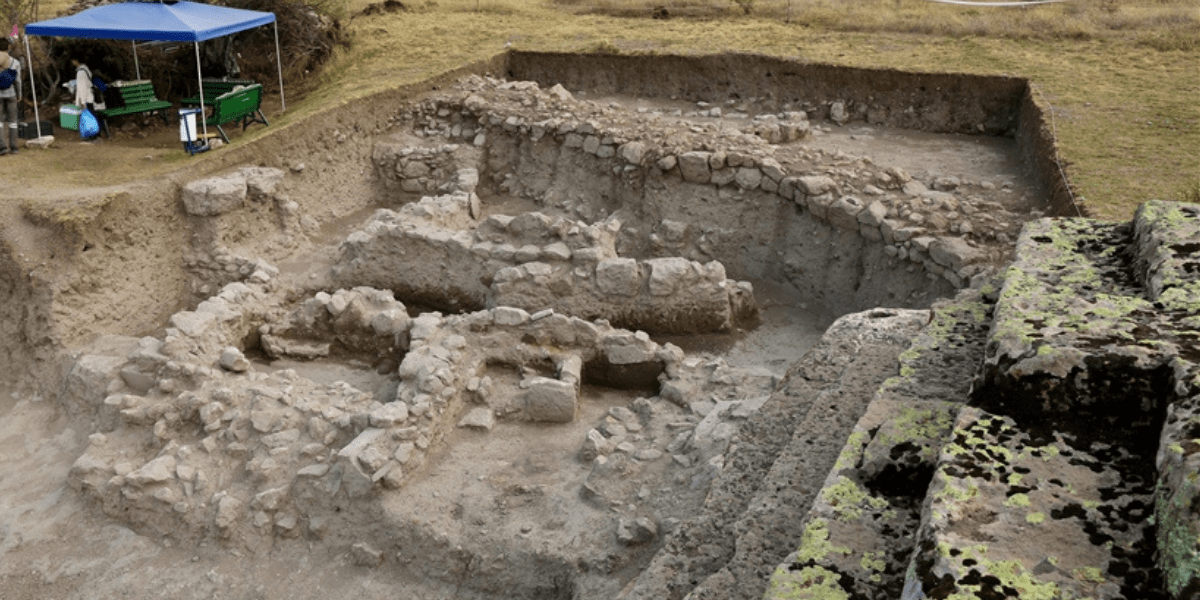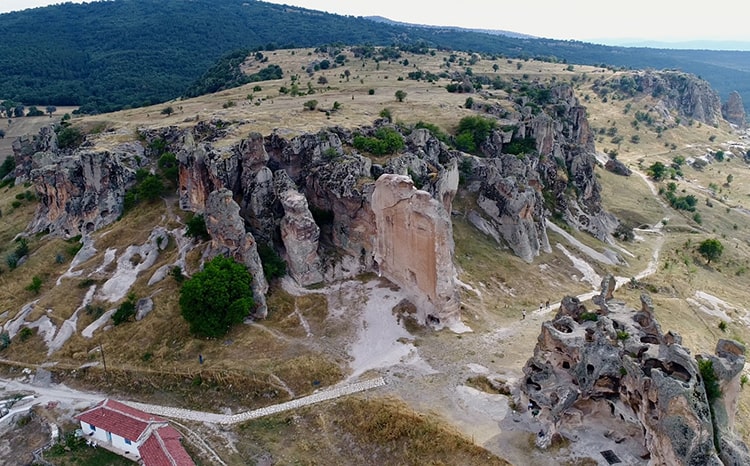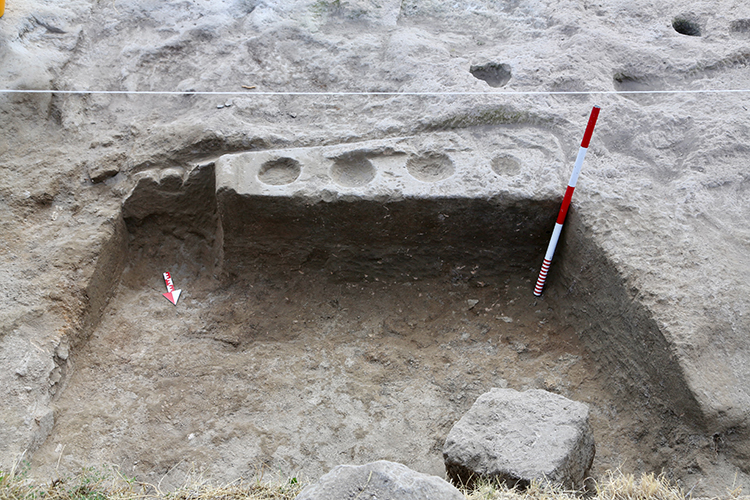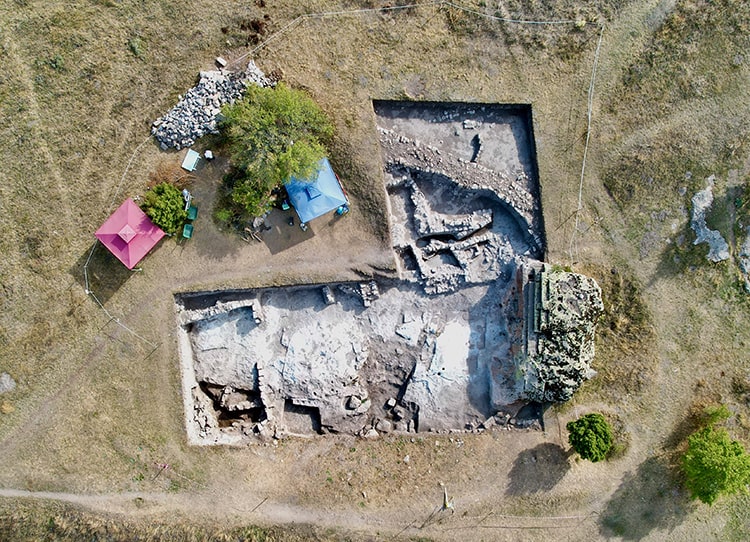
In front of the Frig altar, hearths and ovens dating back to the 7th century BC were found
In the excavations in front of the Phrygian rock altar within the Midas fortress attributed to King Midas of Phrygia, hearths and ovens dating back to the 7th century BC were found.
Midas fortress is located in the Han district of Eskişehir, in the center of Türkiye. The fortress, built by the Phrygians in the 8th century BC, also hosts Yazılıkaya.

Yazılıkaya is considered one of the oldest open-air temples in the world and provides important information about the religious beliefs of the Phrygians.
In the excavations conducted under the leadership of Assoc. Prof. Dr. Yusuf Polat from the Department of Archaeology at Anadolu University Faculty of Arts, it was determined that the hearths and ovens uncovered were used for cooking the meat of large and small livestock sacrificed for religious rituals by the Phrygians, as well as for baking bread.

The excavation team worked in the area referred to as the ‘Agdistis sacred site’ on the upper section of the rocky plateau.
Yusuf Polat said, ‘Thanks to the comprehensive excavations conducted for the first time in front of a Phrygian altar, we have determined that preparations for rituals were carried out in front of the altar, with the presence of hearths and structures with a simple stone foundation and wooden construction.’
‘According to our initial findings, in the sacred area dated to the 8th-7th century BC, which corresponds to the Middle Phrygian Period, we also identified Lydia ceramics from the 7th-6th century BC, as well as ceramics and artifacts from the Roman Period dated to the 1st and 2nd centuries in the upper layers.’

The idol of the Mother Goddess Matar was found
In the excavation area, four rock basins arranged in succession were also uncovered on the rocky platform, along with a rock idol representing abstract depictions of the mother goddess Matar located nearby.
Polat said, ‘The presence of the rock basins and the idol located nearby serves as concrete evidence that this area was sanctified for abundance and fertility rituals by the mother goddess.’
Cover photo: Anadolu University
You may also like
- A 1700-year-old statue of Pan unearthed during the excavations at Polyeuktos in İstanbul
- The granary was found in the ancient city of Sebaste, founded by the first Roman emperor Augustus
- Donalar Kale Kapı Rock Tomb or Donalar Rock Tomb
- Theater emerges as works continue in ancient city of Perinthos
- Urartian King Argishti’s bronze shield revealed the name of an unknown country
- The religious center of Lycia, the ancient city of Letoon
- Who were the Luwians?
- A new study brings a fresh perspective on the Anatolian origin of the Indo-European languages
- Perhaps the oldest thermal treatment center in the world, which has been in continuous use for 2000 years -Basilica Therma Roman Bath or King’s Daughter-
- The largest synagogue of the ancient world, located in the ancient city of Sardis, is being restored











Leave a Reply